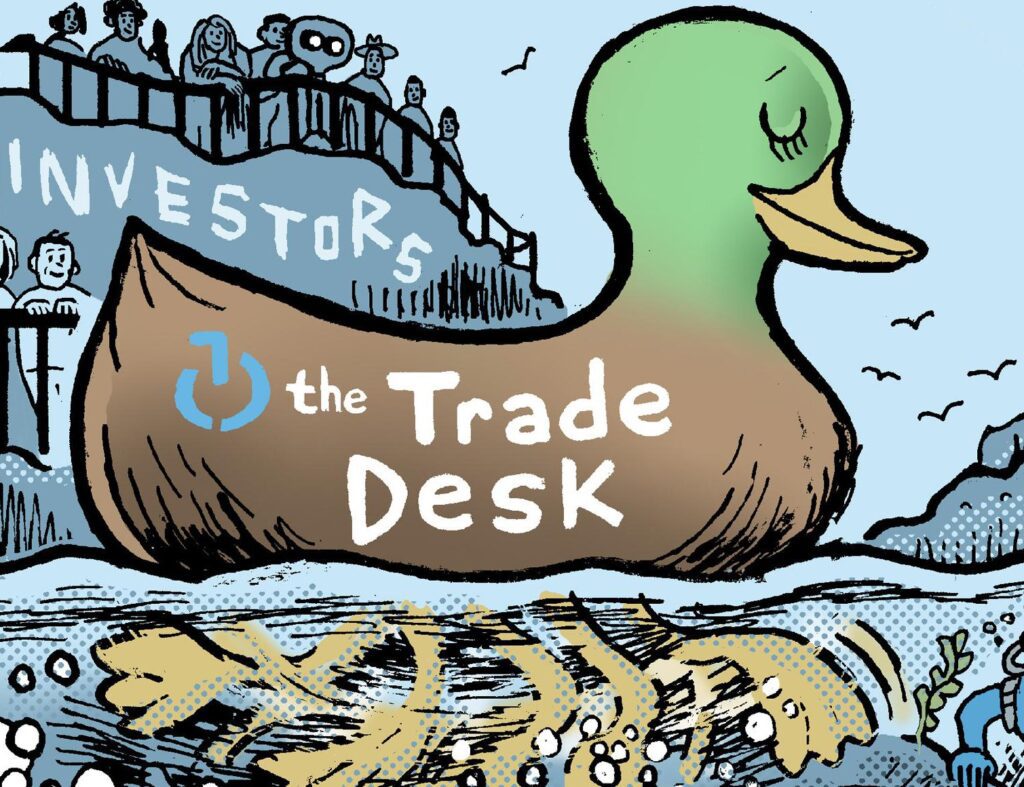For the past couple of years, business-to-business marketing budgets at many organizations have been focused almost solely on lead generation. This fall, as so many CMOs enter their budgetary process for 2006, I’d like to issue a call for dramatic realignment.
MarketingSherpa research, based on case study interviews with hundreds of marketers and fielded survey responses from thousands of marketers, indicates that marketers’ projected 2006 budget increases are largely for lead generation outreach tactics.
Typically, however only 10%-15% of sales leads generated by a b-to-b marketing department are truly “sales ready” at the moment the leads come in. Another 15%-20% are completely unqualified.
Our main concern for 2006: What happens to the remaining 70% or so of leads in the gray area?
These are leads that are qualified to buy … someday. Sadly, sales cycles are lengthening in many industries. On average, that “someday” has stretched out from less than six months in 2004 to more than six months (and sometimes more than a year) in 2005.
Naturally, field sales have become less interested in those 70% of “someday leads.” Long-term lead nurturing isn’t a priority in their world of tough monthly and quarterly sales goals.
So increasingly the nurturing role has come under the wing of marketing. Except for initial telemarketing campaigns to qualify and rate leads, e-mail newsletters and offer alerts have become the central (and sometimes the only) part of marketers’ lead nurturing programs. To that end, 40% of surveyed CMOs told MarketingSherpa they plan to increase house e-mail budgets significantly for 2006.
Unfortunately, that increasing lead nurturing budget is still a tiny slice of the overall pie. In the 80/20 world, 80% is spent on generating leads and growing brand buzz, and 20% on nurturing the house prospect database. While we don’t recommend this be flipped, a ratio of 60/40 might lead to far higher ROI.
Yes, the sales team may demand “more leads,” and CEOs may expect marketing to report success primarily by way of total leads generated, but the organization’s overarching goal is more leads that close.
If you can show you’ve increased house lead ROI, and incidentally prove that more marketing “touches” during the sales cycle assisted in closing more sales, marketing becomes a hero again instead of a cost center. Then the key marketing metric in 2006 won’t be cost per lead; 2006 will be about lead ROI.
Our top recommendation in this regard is to stop relying on e-mail as the main or solitary method of communication with your house list. E-mail absolutely works for some of your prospects, and e-mail is notably cost-effective. But don’t let these successes blind you to e-mail’s inherent flaws:
Flaw #1: Email isn’t always delivered.
Roughly 40% of broadcast e-mail sent to an at-work address is not delivered, due to corporate and personal filters. (This is double the rate for business-to-consumer e-mail addresses.) Typical delivery reports do not reveal the true extent of nondelivery, because they report only on messages bounced, rather than messages filtered.
If you rely on e-mail as your main communication channel to your database, you are almost certainly guaranteed to not be reaching roughly 40% of names mailed.
Flaw #2: E-mail is not every prospect’s chosen communication medium.
As you know from personal experience, some people will read and respond eagerly to e-mail. Many executives, though, prefer phone, or printed memo, or a meeting. Some will never respond to e-mail.
The rush to embrace e-mail was driven initially by cost-efficiencies. While e-mail is the most effective channel to reach some of the people some of the time, it’s never been the most effective medium to reach all the people all the time.
Flaw #3: E-mail is virtual.
For quick notes, offers, and news, e-mail is a great medium. For building a warm, lasting relationship, you must engage other senses. The sound of a human voice, the touch of a human hand, a direct eye-to-eye glance … these are all more profoundly engaging than a visual message in an already crowded in-box.
This gut-level relationship building is one of the areas you rely on the field sales force to accomplish. But you can’t (nor should you) depend on field sales to handle this for those 70% of “someday” prospects. Instead, we strongly recommend using a wider range of media channels to touch these prospects.
For the human voice, consider investing in more business radio PR, podcasting, and trade show speeches. For the sense of touch, start sending physical mail again. That’s right — instead of white-paper PDFs and e-mail newsletters, send snail-mail printed pieces to top prospects. For eye-to-eye encounters, change your trade show and road show focus from lead generation to lead nurturing. For example, instead of a bigger booth, invest in an intimate “best prospects only” show brunch or dinner party. (And don’t rely on e-mail alone to invite people!)
Consider this: Your house list is the most valuable group of people to whom you will ever market. Your house list should be more responsive and more qualified than any other list, bar none. So why not invest more in it than any other list?
This fall, as you plan the 2006 budget, why not give your marketing team a challenge? Ask each marketing director, marketing manager, and product manager to include a newly expanded line item: lead nurturing outside the e-mail box.
Anne Holland is president of MarketingSherpa, a research firm publishing benchmark data and case studies for marketing, advertising, and PR professionals. You can meet her in person at this fall’s B-to-B Lead Generation Summit to be held in San Francisco. More information at LeadGenSummit.com.
© 2005 MarketingSherpa, Inc.
 Network
Network

